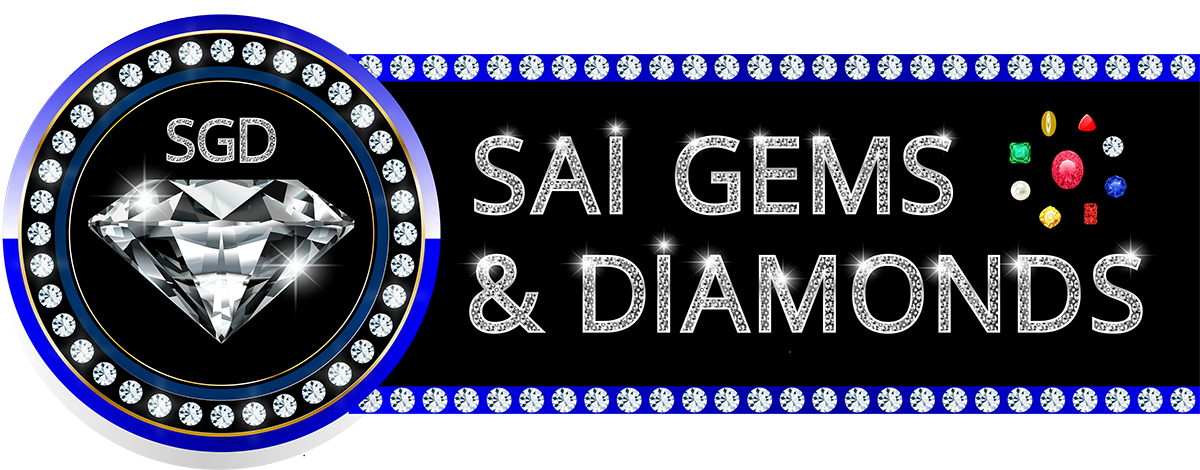Optical Properties of Gemstones
Colour is the most important factor in determining the value of gemstones and its the most obvious visual feature, but in fact it is just one of many optical properties, all of which are dependent upon light.
-
Luminescence
-
Luster
-
Refraction
-
Dispersion
-
Pleochroism
Luminescence
Luminescence incorporates a gemstone’s ability to emit visible light in darkness when exposed to ultraviolet light (fluorescence, named after flourite, the predominant flourescent gemstone), and in the case of kunzite, to produce an “afterglow” which lingers after the light has ceased (phosphorescence).
Luster
The luster or brilliance of transparent gems is caused by light reflecting from the stone’s surface. The smoother and more highly polished the surface is, the greater the luster will be. High light refractivity of a gem will cause greater luster as well. The most intensive luster is seen in the highest refractive indices, diamond, zircon, and rutile, and is known as an adamantine luster. Hematite produces a metallic luster, even though it is not transparent. Most gemstones have a vitreous or glassy luster, but there are other types of lusters, including resinous (amber), greasy (serpentine), waxy (turquoise), pearly (rhodonite), and silky (tiger’s eye).
Refraction
Refraction is the bouncing around of light from the greater part of the light ray which hits the gemstone and passes into the stone. As it enters the denser medium of the gem, the light bends and the amount of bending or light refraction produces a measurable index (refractive index), which is often used to help identify a gemstone. When light hitting a gemstone splits into two rays traveling through the stone at different speeds and in different directions, the reaction is called birefringence or double refraction. This is seen uncommonly and in a variety of calcite called Iceland Spar as well as zircon, rutile, and sphene.
Dispersion
Dispersion is the separation of light into its separate spectral colors. Gemstones with the highest light refraction typically show the highest dispersion rate as well (rutile, sphene, diamond, zircon). This color dispersion or fire can be enhanced by a gem cutter if he uses an appropriate facetting style.
Pleochroism
Color changes which are evident when viewed from different angles in gemstones (iolite, alexandrite, andalusite) is called pleochroism. It is very important for the gem cutter to cut a pleochroic stone properly in order to show off the different colors. Ruby and sapphire have two color shades and are pleochroic; in ruby, for example, yellow-red and purplish-red, which distinguishes it from garnet and red spinel, which have no pleochroicism. Iolite displays lavender-blue, gray, and pale yellow when viewed from different angles.
